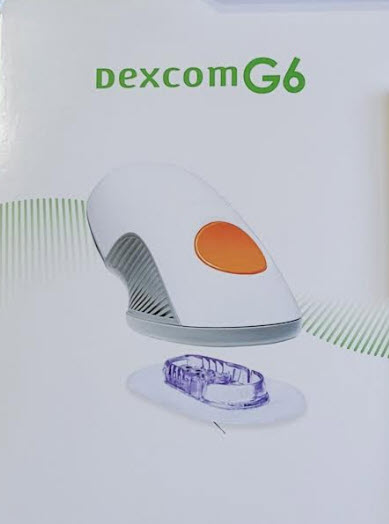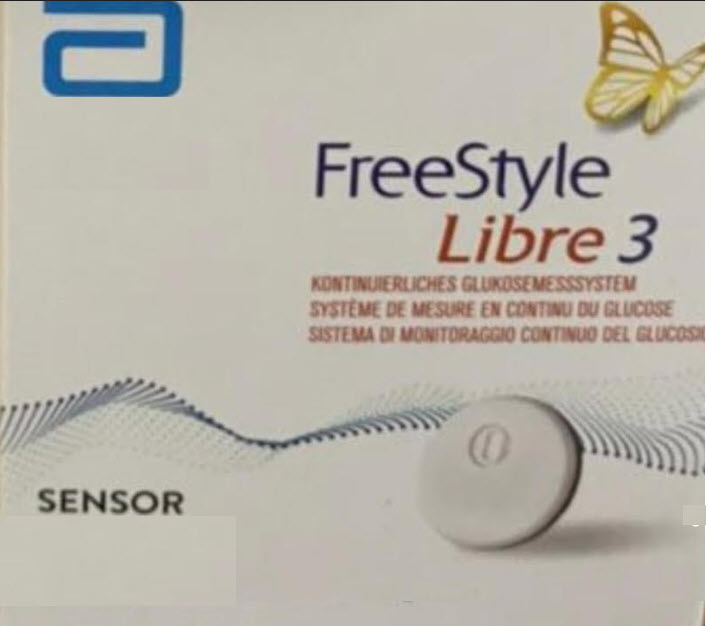The most common form of diabetes in adults and an increasing number of children is Type 2.
The signs of Type 2 diabetes take years to develop. People don’t just wake up one morning with
the disease. There are early warning signs and not everyone experiences all of them or all at
once.
Frequent Urination
It happens throughout the day and can even last into the night as the kidneys attempt to
remove excess sugar from the body.
Excessive Thirst
As the kidneys try to flush sugar from the body, individuals become dehydrated, resulting in
increased thirst. Dry mouth can be a problem.
Very tired
The body doesn’t use the available sugar in the blood stream for energy, making people feel
tired and lethargic.
Very Hungry
The body can’t use the sugar present for energy. That triggers the hunger response in the brain,
telling the individual they need to eat.
Blurry Vision
High sugar levels result in damage to small blood vessels in the eye. Permanent blindness can
occur if diabetes is left untreated or uncontrolled.
Very Dry Skin
Those with diabetes often have poor circulation and when combined with dehydration, the skin
becomes dry and even flakey.
Slow Wound Healing
Simply put, the body isn’t getting the energy or circulation required it needs to heal itself
effectively or efficiently.
Increased Infections
If you would like to find out about earning cash for your unwanted, unused and boxed test strips, complete our online quote form today.
If you have extra, unopened and unused boxes of diabetic test strips – whether you have switched brands, no longer need to test or test less frequently, or have a loved one who has passed away – don’t let them gather dust until they’ve expired and end up in the trash. We’re the best place to sell diabetic test strips online, and if you want to sell your test strips, we’re here to make the process easy and enjoyable!
Visit us at Sell Your Test Strips and get your free quote today!









